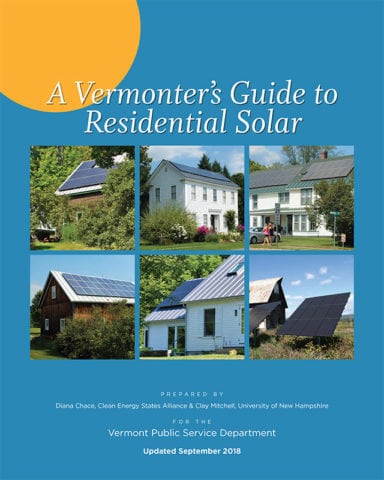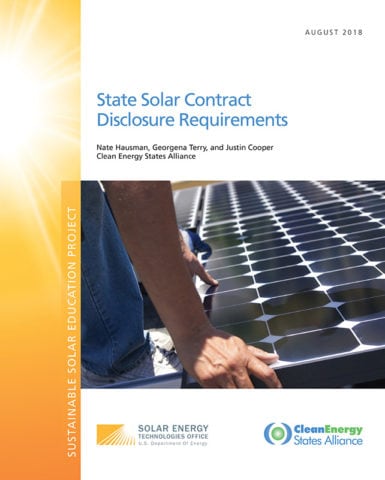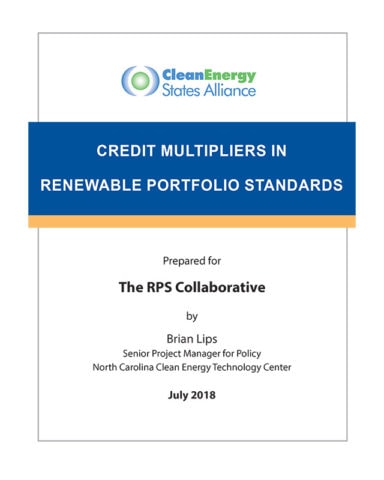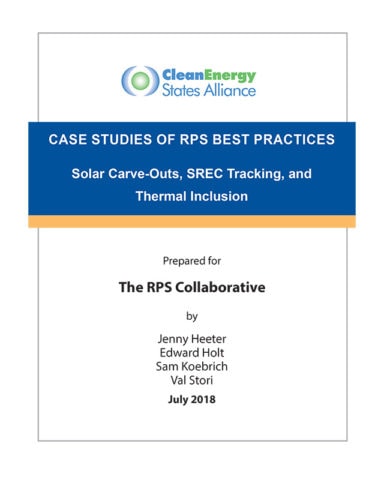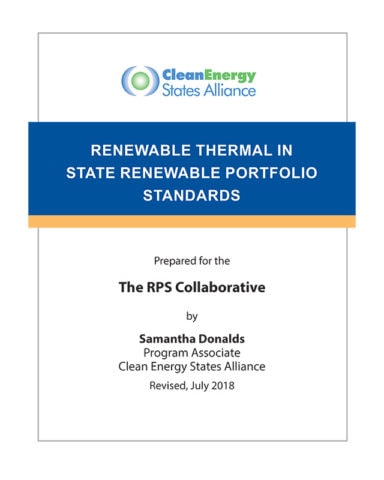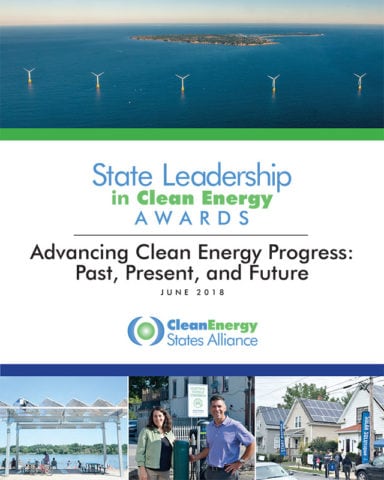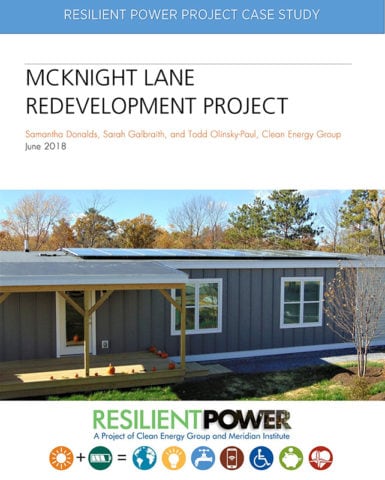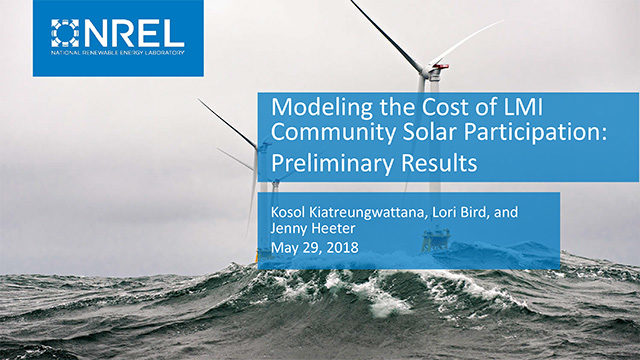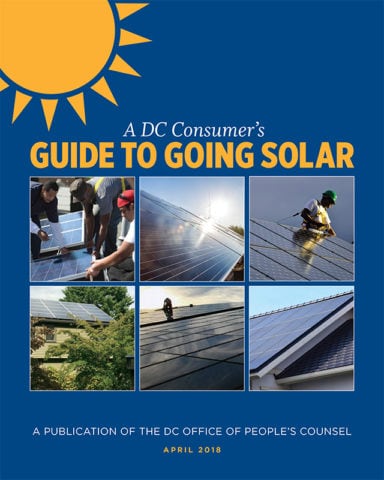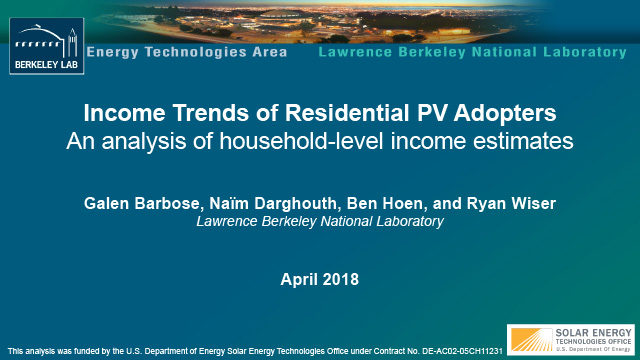Resource Archive - Report
SEARCH RESOURCES
You can also search by author name.
RESOURCE TYPES
RESOURCE TOPICS
RESOURCE PROJECTS
RESOURCE YEARS
There are many ways to build and finance a solar PV system. “A Vermonter’s Guide to Residential Solar” can help residents decide whether it makes sense for them to go solar and, if so, how. The guide is divided into sections that offer relevant information needed at different points during the decision making and installation process.
A rapidly growing residential solar market has created challenges for solar consumers. With so many households adopting solar and more PV systems installed, there is potential for solar consumer protection issues to emerge.
This report examines the history and status of credit multipliers, the types of technologies and applications most often awarded credit multipliers, the advantages and disadvantages of credit multipliers, state experiences with the use of multipliers, and other trends in the implementation of credit multipliers.
The paper consists of three case studies of states that have been leaders in implementing particular RPS practices: Delaware’s use of a carve-out for solar, New Jersey’s tracking of solar renewable energy certificates (SRECs), and New Hampshire’s inclusion of thermal output in its RPS.
This report provides an overview of how states across the country are incorporating renewable thermal technologies into their RPS programs.
This report presents case studies of the six recipients of the 2018 State Leadership in Clean Energy Awards.
A defunct mobile home park in rural Vermont was transformed into the first resilient, zero-energy, affordable modular housing development in the country with solar and battery storage systems. This case study includes technical and financial details, as well as lessons learned over the course of the project.
In an effort to understand the magnitude of incentives needed to drive low-and-moderate-income (LMI) customer participation in community solar, NREL’s Kosol Kiatreungwattana used a community solar finance tool to assess the cost of community solar for LMI customers in 6 states (CT, DC, MN, NM, OR, RI).
This guide aims to help DC consumers make an informed decision in considering whether to install a solar energy system in their home.
This report aims to establish basic factual information about income trends among U.S. residential solar adopters, with some emphasis on low- and moderate-income households.

